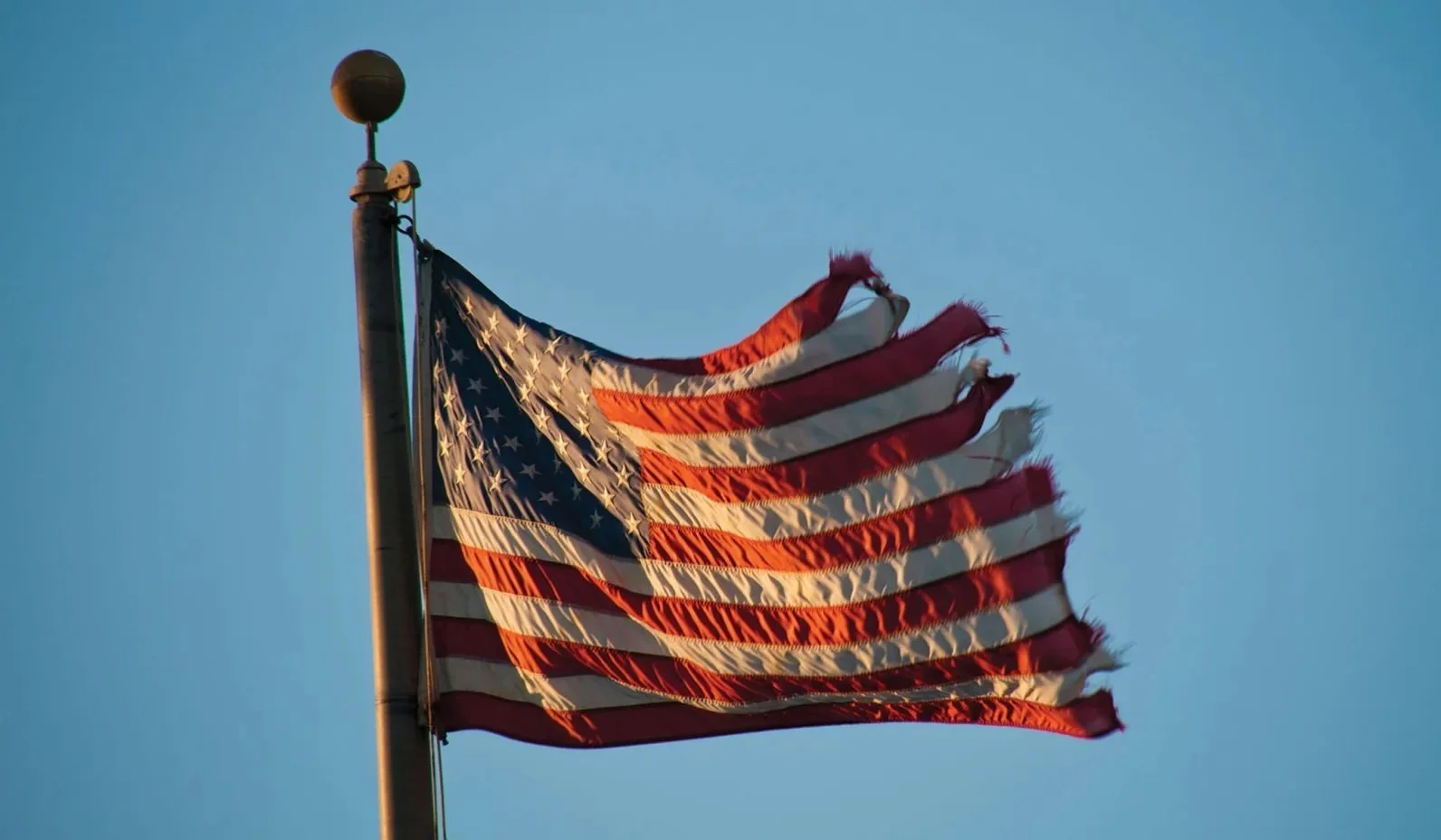Divided We Fall
In his book Bowling Alone, scholar Robert Putnam warned in 2000 of a decline of associational capital … the kind of relational capital we develop when we join and do things together. Without it we lose a sense of community, trust and wellbeing. Although some saw the introduction of social media as a possible remedy, observers such as Jonathan Haidt have recently suggested that the opposite has happened, and that our social capital may be at its lowest point in American history.
Book by Robert Putnam
The phrase ‘social capital’ conveys a simple truth - that we are social beings, and there is value in the communities we form. We grow social capital by joining voluntary associations, starting families, and serving our community. With a staggering 2 million non-profits in the US, at the core of America’s strength has always been the innovation of its “voluntary associations” (also called civil society) as Alexis de Tocqueville observed in his landmark book Democracy in America (1835).
However, alarming trends are occurring in the heart of America’s civic life. Two in three millennials report not feeling like they belong in their community, church attendance keeps plummeting, and the US fertility rate of 1.6 children per mother falls well below the 2.1 ‘stable rate.’ These are just a few of the concerning indicators that risk going bankrupt in this valuable commodity of social capital.
In response to this decline in social capital, the Clapham Group launched the Social Capital Campaign in 2021 under the leadership of Chris Bullivant. The mission was to invigorate thought by working with a wide swath of scholars, business executives, and civic leaders on a bipartisan framework to propose to policymakers ways in which social capital can be replenished in America.
Despite operating with a small team and limited budget, some of the deliverables of the Campaign included: producing five collaborative papers, being interviewed on The Federalist's podcast, and publishing articles featured in the Washington Examiner, Public Discourse.
As Pew and Gallup surveys show trust in institutions, government and each other is at an all-time low. As the election season heats up, wrapping up the Social Capital Campaign does not mean that the value of this project has come to a close. To coincide with the final report, we revamped the website with top-line takeaways from the five reports. As the country strains under the weight of partisan polarization, we know that rebuilding its social fabric is a task that starts with each one of us.
Clapham Principal Mark Rodgers & Chris Bullivant wrote in-depth about the Social Capital Campaign in a recently published article in the National Review. Below we included the first few paragraphs of the article, to access it in full please click here
Divided We Fall
By CHRIS BULLIVANT &
MARK RODGERS
National Review
July 21, 2024 6:30 AM
A plan for reviving the American experiment and cooling down our white-hot national politics
Our national politics is white hot. We live in a highly polarized context. Seventy-four percent of people in the U.S. say the country is “on the wrong track.” In the coming months such polarization will fixate on two candidates, and no doubt as anxiety about the American project continues to rise. The historic collapse of trust in government, the media, and one another means that many Americans imagine that a civil war is possible. At the same time, this nadir of trust comes as the price of our politics is at its highest in history: The last presidential election could have paid for the Revolutionary War five times over in 2020 dollars.
So how do we cool things down and get back on track? The Social Capital Campaign was launched in 2021 to check the evidence around the decline in society-wide trust and to generate fresh solutions to it. Scholars and advisers were drawn from a broad spectrum of political teams with staffers connected to Donald Trump, George W. Bush, Mike Pence, Carly Fiorina, Paul Ryan, and Rick Santorum. Over a two-year period, we developed a shopping list of societal ailments that essentially describe an ailing society.
The main finding confirms that Charles Murray’s Coming Apart thesis holds up 15 years later — there is a widening social-capital gap between the wealthy, who are accumulating both capital and social capital, and those on lower incomes who are not. Brad Wilcox, for example, highlighted a cleavage in marriage rates. Marriage, that great bellwether for relationship health, is increasingly a luxury lifestyle choice. Among prime-working-age adults, the share of those who are married fall, according to their income, into sharp camps: 77 percent for those earning over $111,000, and just 27 percent for those under $55,000.
The idea that low-income communities still have high stocks of social capital through extended, multigenerational families and faith communities is increasingly a romantic one. Among America’s diverse Hispanic population, for example, divorce and cohabitation rates are high and increasing, while church attendance is dropping the fastest, compared with demographic counterparts.
So what? ...
continue reading at here (behind paywall)



